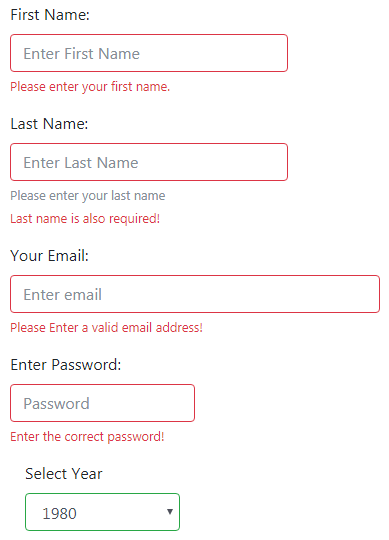
MUI is designed from the ground up to be fast, small and developer-friendly. The elements we're adding are: Three text fields for the user to input their name, email and message. Materialize Forms Example : Forms are basically used to get the user input. I struggled through a few different ways of clearing a form before I found a foolproof way that seemed to work in all scenarios I tested.

This will build up the basic skeleton of the contact form. Some forms require the ability to clear all input and reset the form. So we'll start adding the form elements using Material UI components.

This method can be applied to fields that require individual checks, or checks that form fields change. MUI is a lightweight CSS framework that follows Google's Material Design guidelines. This form will do nothing at the moment and won't display anything on the page. We’ll use create-react-app to get up and running quickly with a simple React app.
You can see the full code on Github and see the app running on Heroku.